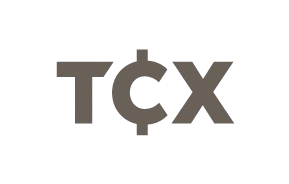Peru’s bond issuance between January and August 2025 reached PEN 52.8 bln (USD 14.5 bln), equal to 4.6% of GDP, according to the finance ministry. Public issuers accounted for USD 9.8 bln and private issuers USD 4.7 bln. Sovereign spreads averaged 156 bps, among the lowest in Latin America, supported by debt at 32.1% of GDP and a fiscal deficit of 3.5%. Authorities target a further deficit cut to 2.2% by year-end.
